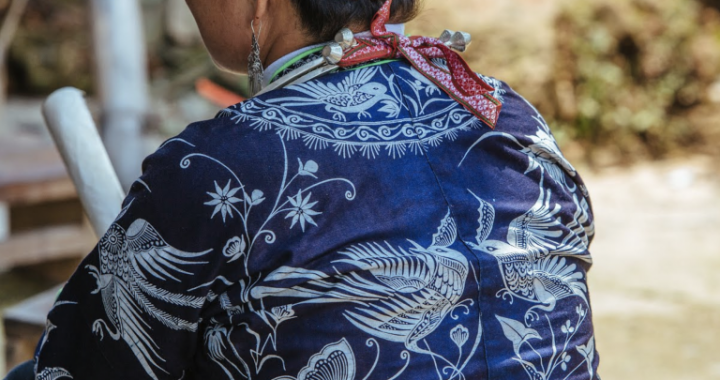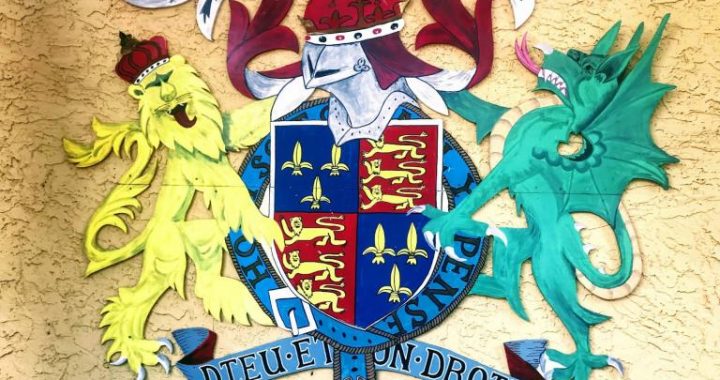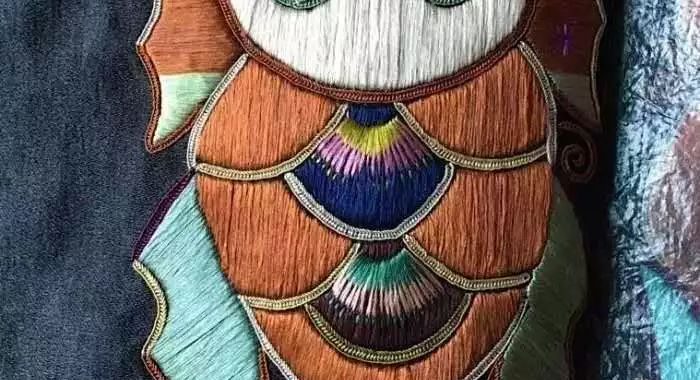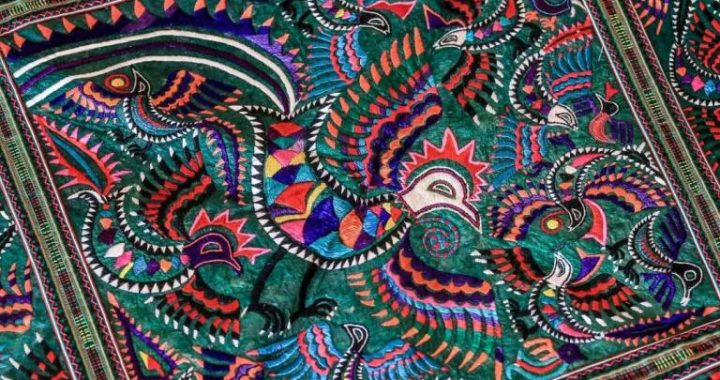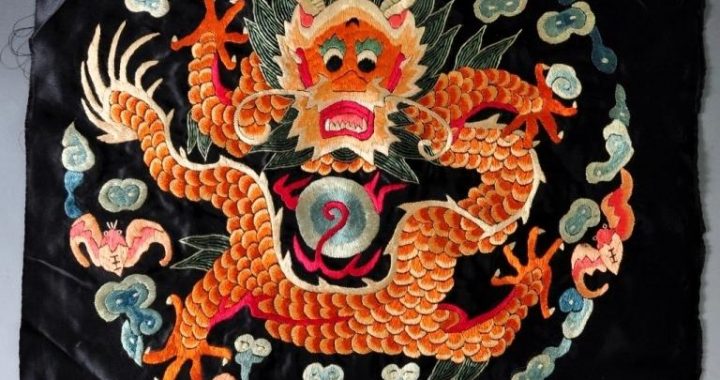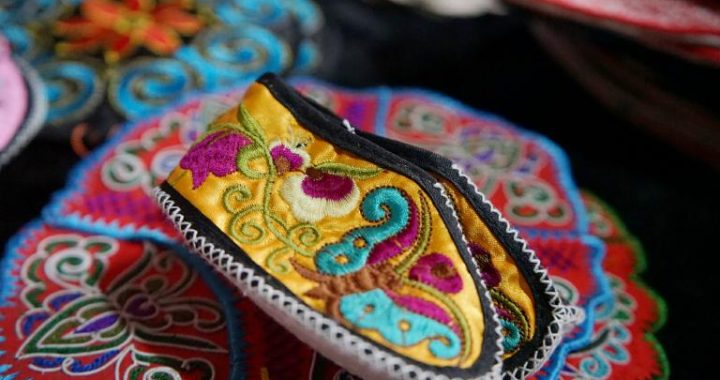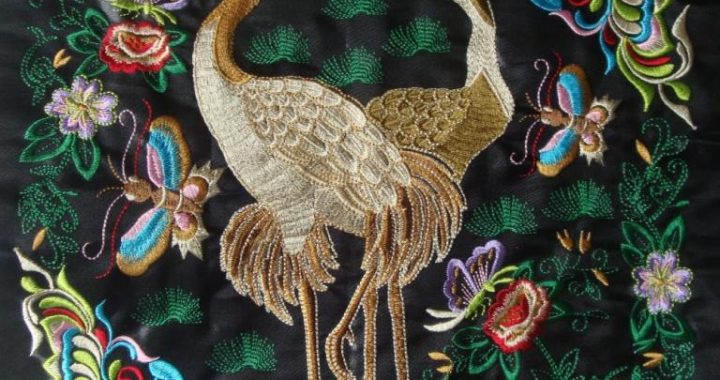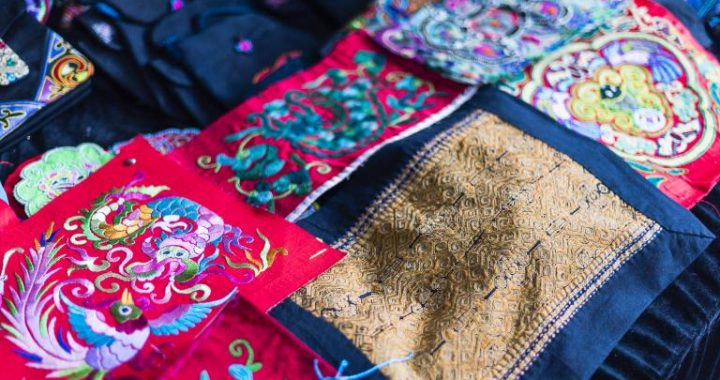The Silk Road and Spread of Silk to the West
3 min readIt was through the time-honored Silk Road, featured by vast desert and dulcet camel bells, those gorgeous silk products were transported to the west. Though thisroute took shape before the Qin and Han period, it was Zhang Qian’s travels to the Western Region in the Western Han period that essentially transformed it both in scale and in character.
1) Zhang Qian’s “Breakthrough”Travels
Zhang Qian was born in Hanzhong (modern-day Shaanxi province), and lived in the reign of Emperor Wu of Han. After taking throne, the emperor was determined to defeat the Hun tribes (Xiongnu) in the north who had annoyed the Han Empire sinceits establishment. When he learnt the Yuezhi people living near Dunhuang had been forced to migrate westward under the attack of the Huns, he planned to send an envoy to the Western Region to ally with Yuezhi for waging fight against the Huns together, and Zhang Qian voluntarily came forward. In the second year of the Jianyuan period(139 BC) and third year of the Yuanshuo period (126 BC), he orderly conducted two travels to the Western Region, thereby opening up an avenue across Eurasia for trade of silk. His unprecedented travel was later praised as a “breakthrough”one, and due to its main function, the avenue was named “Silk Road”.
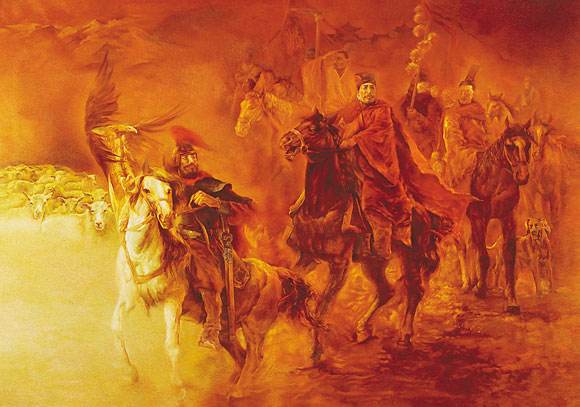
Generally speaking, the Silk Road started from Chang’ an (present Xi’ an) in the east, and it went westward through the Hexi Corridor to Dunhuang, where it split into two routes.
After passing the Yangguan Pass to southwest of Dunhuang, the southern route went past oasis cities such as Loulan (around modern-day Ruoqiang county) and Khotan, to arrive in Kushan through the Pamirs, and went further westward to the Persian Gulf and the Roman Empire. The northern route started from the Yumen Pass to northwest of Dunhuang, and went to the west through sites such as Gaochang (present Turfan), Qiuci (Kucha) and Shule (Kashgar). Beside these two main routes, there was another branch route which went from Dunhuang to the Eastern Rome Empire through Hami and crossing the Ili River.
The Silk Road not only fostered trade of silk, but also promoted exchanges between east and west in many other aspects as well, such as mathematics, astronomy, calendar studies and medicine science. In one word, it enhanced comprehensive relationship between the east and the west.
2) The Maritime Silk Road
While sending Zhang Qian to open up the land Silk Road, Emperor Wudi also endeavored to set up the Maritime Silk Road, which linked Japan to the east, and went to Southeast Asia and Arab countries to the south. Besides silk, spices were also one of the main shipped goods, the route was therefore also named”Maritime Road of Silk and Spices”.
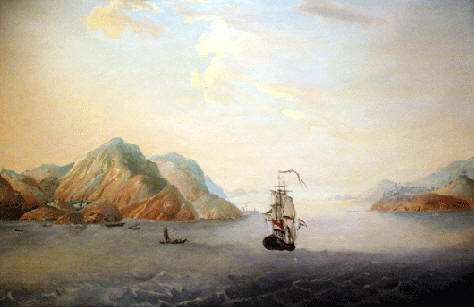
For almost two millennia, the two Silk Roads had witnessed tracks of uncountable caravans and fleets passing by, through which charming silk set off from China to traverse vast desert and ocean, and underwent the most lasting, distant and colorful journey in human history.
3) Caesar’s Silk Gown
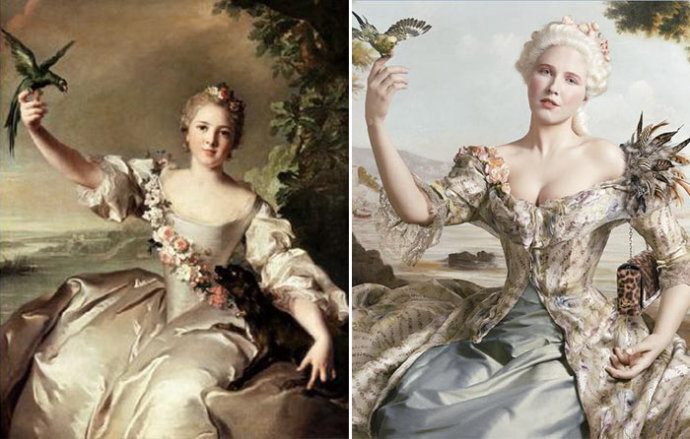
With smooth transportation of silk along the Silk Road,a funny story took place in the Roman Empire, another power of the time. As the story goes, in 53 BC, Crassus, one of the leaders of the first Roman Triumvirate(the other two beingPompey and Caesar) waged the famous Battle of Carrhae against the Parthian. The ever-victorious Roman legions were confident enough to win the battle until the middle of the day, when the Parthian, all of a sudden, set up numerous glorious andlustrous ensigns, which made the Roman soldiers dazzling and dizzy, unconscious of what special weapons the Parthian were using. As a result, the Roman fled in panic and ended up in a slaughter under the Parthian. The astonishing Parthian ensigns were actually the first silk textiles that the Roman had ever seen, and their curiosity about silk was thereupon aroused. Soon, silk arrived in Rome. When the Great Caesar flaunted his shining silk gown to his followers, everybody was enchanted, and the aspiration for silk soon swept across the Roman Empire.
